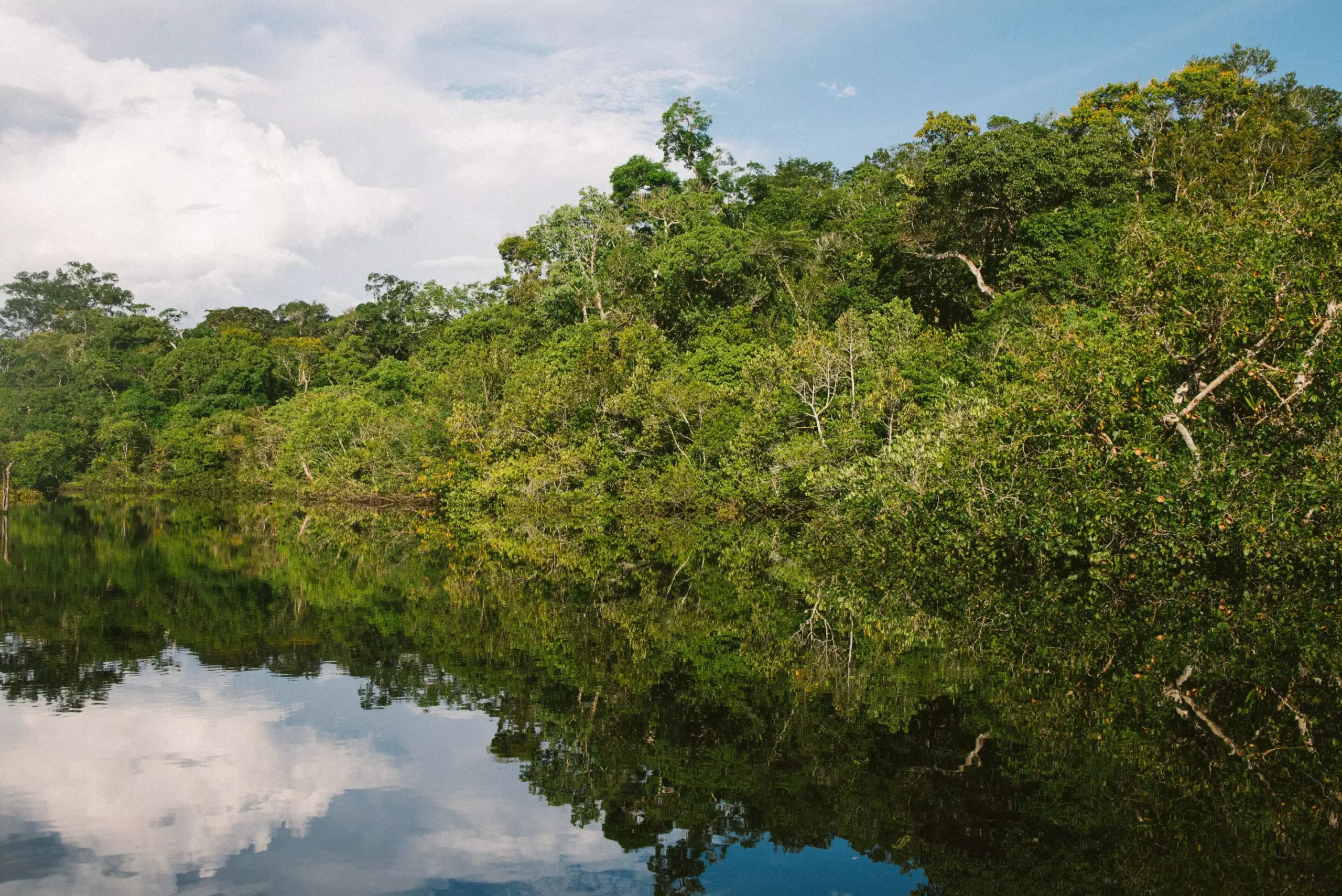The Amazon rainforest, often referred to as the “lungs of the Earth,” is facing a perilous future. A recent study published in Nature warns that the rainforest could be on the brink of a catastrophic collapse, which would have far-reaching consequences for the global climate system. Scientists, including researchers from the Potsdam Institute for Climate Impact Research (PIK), have identified alarming trends that indicate up to 47% of the Amazonian forest is under threat. This information sheds light on the climatic and land-use thresholds that must not be breached if we want to maintain the resilience of this crucial ecosystem.
According to PIK scientist Boris Sakschewski, the Southeastern Amazon has already transitioned from a carbon sink to a carbon source. The current level of human activity in the region is simply unsustainable in the long run. But the problem extends beyond carbon emissions. The rainforest plays a vital role in enriching the air with moisture, which contributes to precipitation in other regions of the continent. Any loss of forest cover can disrupt this delicate balance, leading to a cascading effect of deforestation.
The study highlights that various stressors, such as rising temperatures, droughts, deforestation, and fires, are pushing the Amazon’s natural resilience mechanisms to their limits. If these pressures continue unchecked, there is a risk of crossing a tipping point by 2050, jeopardizing 10-47% of the rainforest. The researchers have identified five critical drivers that could push the ecosystem over the edge: global warming, rainfall levels, rainfall seasonality, duration of the dry season, and accumulated deforestation. Limits must be set for each of these drivers to ensure the Amazon remains resilient.
The impact of the Amazon’s demise extends far beyond its borders. The moisture transported through the rainforest’s “flying rivers” is fundamental for the South American Monsoon and contributes to rainfall in vast areas of the continent. Additionally, the Amazon stores a significant amount of carbon, equivalent to 15-20 years of current human CO2 emissions. The loss of this carbon sink not only exacerbates global warming but also intensifies its adverse effects.
To comprehend the potential consequences of further forest disturbances, the study examines instances of degraded forests in different parts of the Amazon. In some cases, the forest may recover, albeit in a degraded state dominated by opportunistic species like lianas or bamboos. However, there are scenarios where the forest fails to recover and becomes an open-canopy ecosystem that is highly susceptible to fires. The expansion of these flammable ecosystems is particularly alarming as they can trigger fires in neighboring forests, leading to a rapid spread of destruction.
The preservation of the Amazon rainforest demands a combined effort on both local and global scales. First and foremost, deforestation and forest degradation must come to an end, while restoration initiatives need to be significantly expanded. Furthermore, it is imperative that greenhouse gas emissions are curbed worldwide. Co-author Niklas Boers emphasizes that we need to take immediate action to maintain the Amazon within safe boundaries.
The alarming findings presented in the Nature study highlight the urgent need to protect the Amazon rainforest. The potential tipping point is a stark reminder of the fragile balance within this ecosystem and the dire consequences of crossing that threshold. By implementing comprehensive conservation strategies and addressing the underlying causes of deforestation and climate change, we can secure the future of this invaluable natural treasure. The time to act is now, for the fate of the Amazon and the global climate system hang in the balance.


Leave a Reply